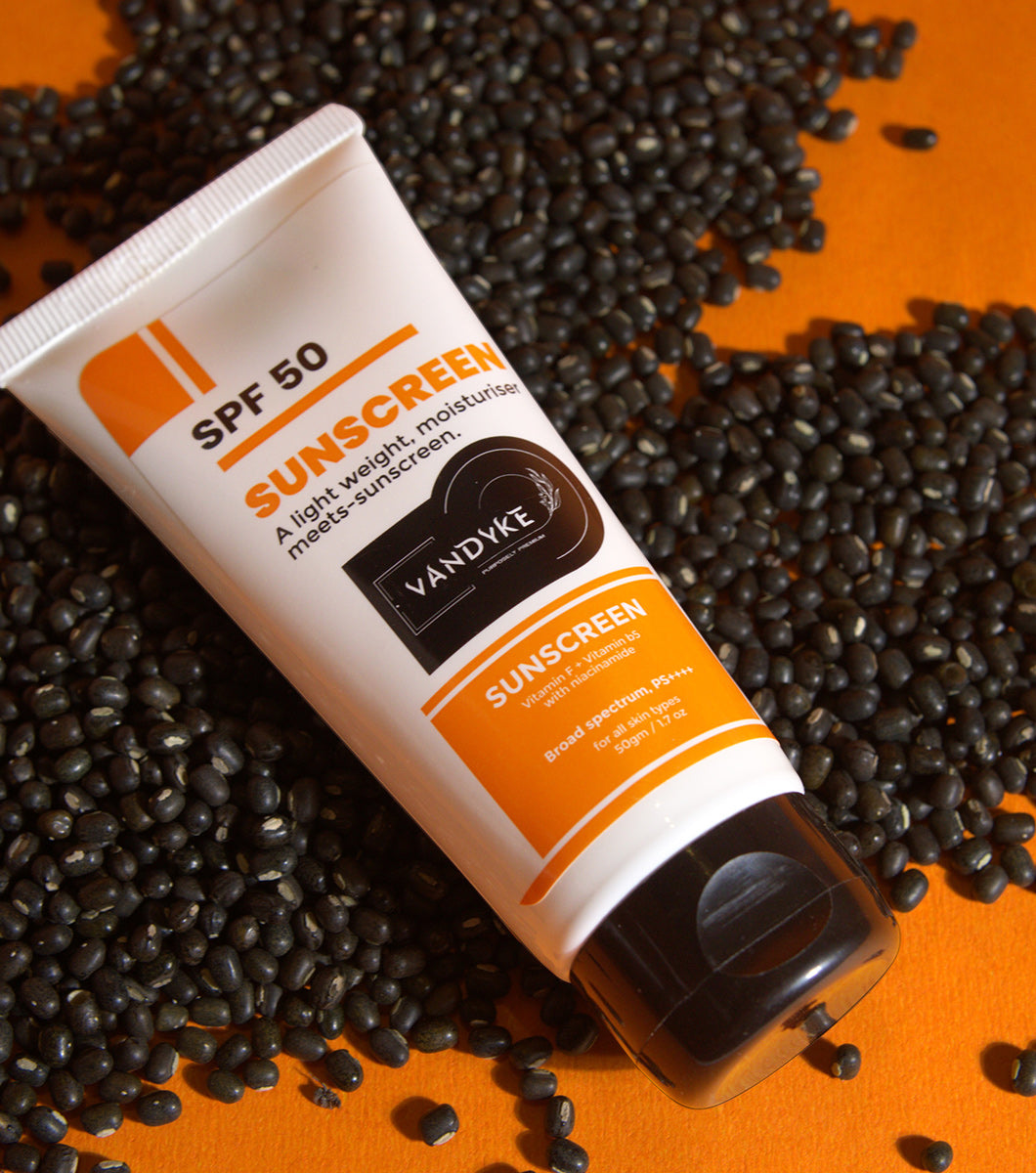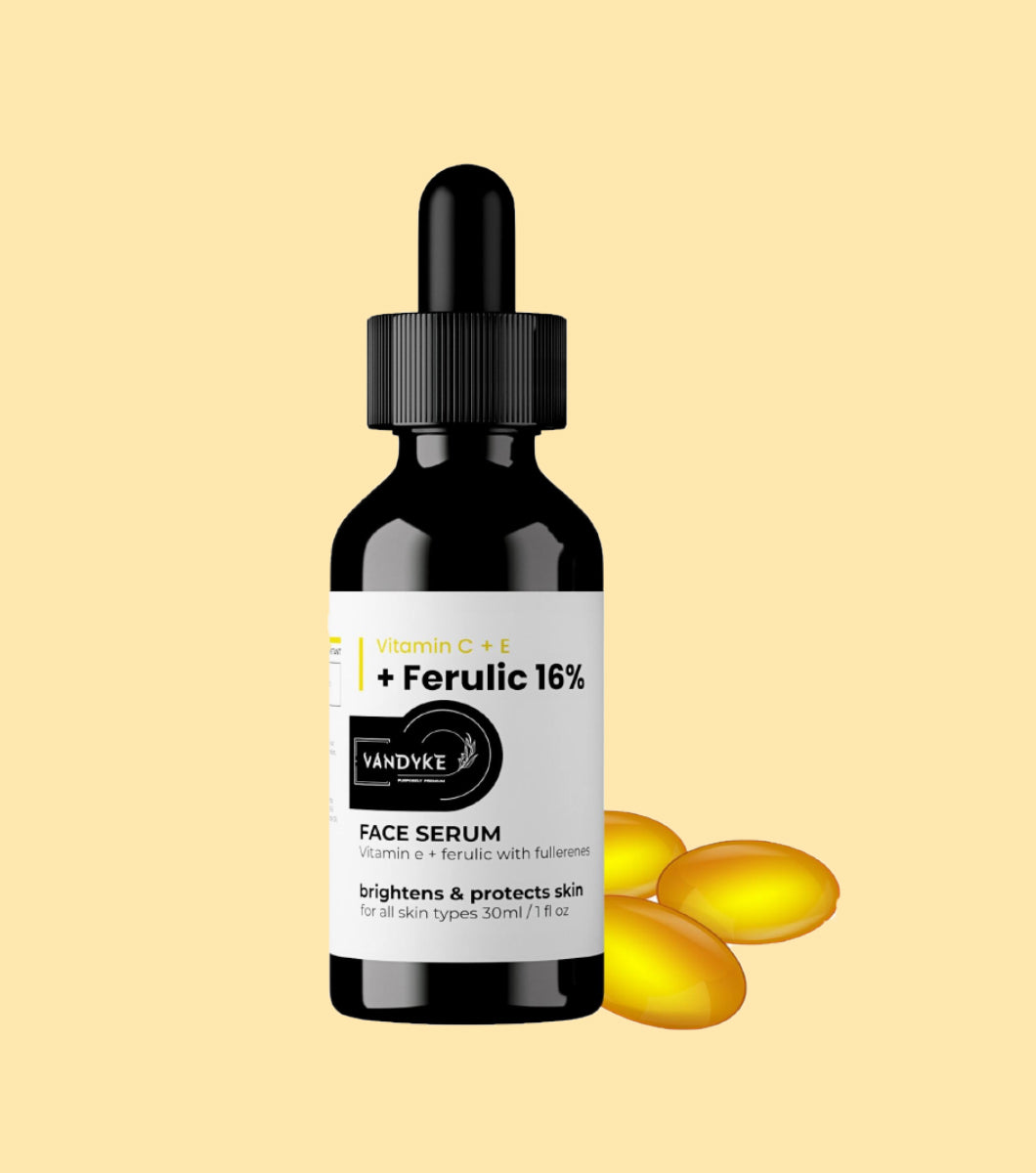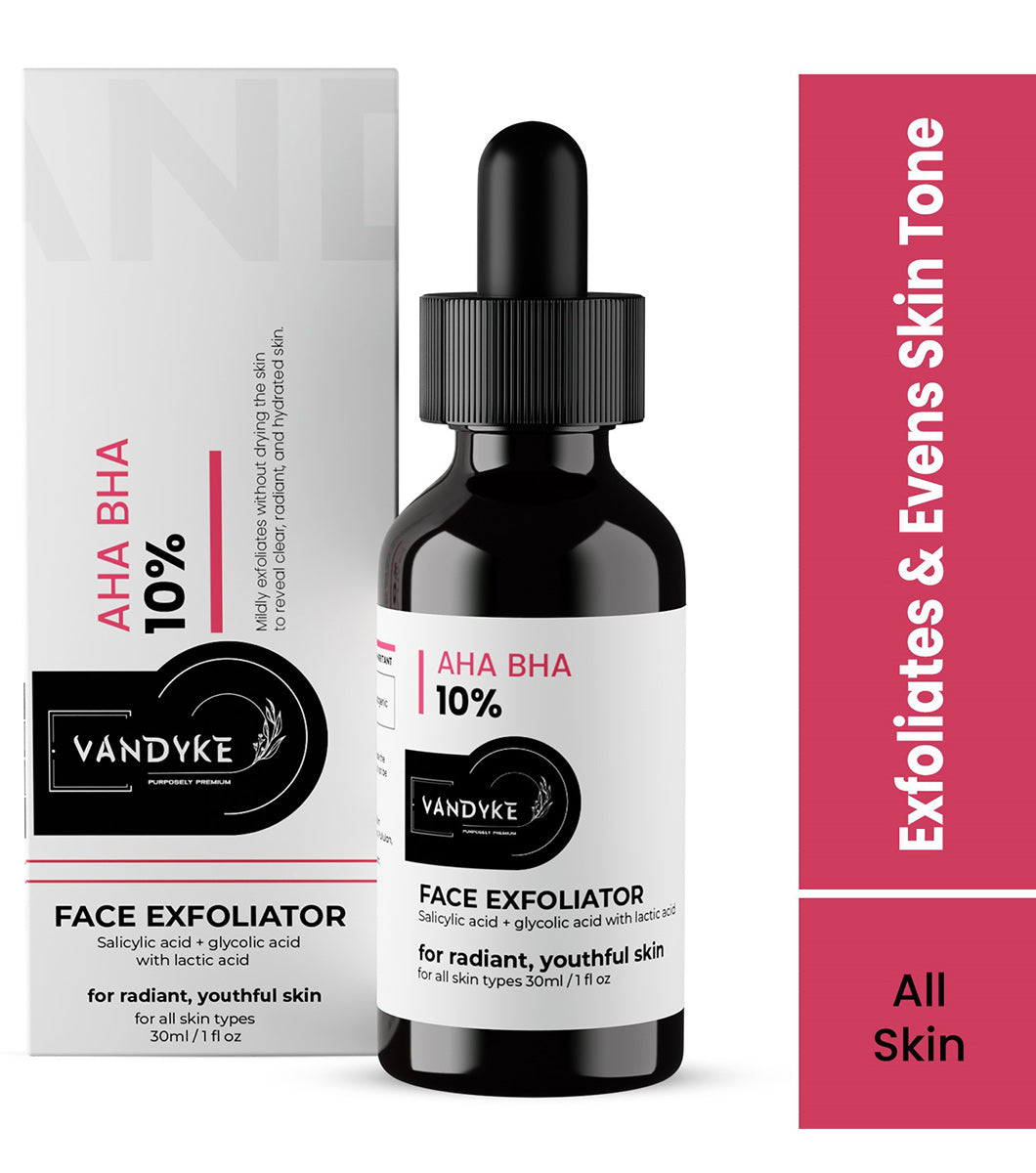
Alpha Arbutin vs Mandelic Acid Choosing the Ideal Skin Brightener

Alpha Arbutin vs Mandelic Acid Choosing the Ideal Skin Brightener
Alpha Arbutin vs Mandelic Acid: Achieving a brighter, more even skin tone is a typical skincare objective, and there are a variety of products available to assist you. Alpha Arbutin and Mandelic Acid are two such substances, each with its own method to skin lightening. Vandyke will go into the properties of Alpha Arbutin and Mandelic Acid in this tutorial, assisting you in determining which one best suits your skincare requirements.
What is Alpha Arbutin?
Alpha Arbutin is a precisely created chemical compound from hydroquinone, a molecule with well-established skin-brightening characteristics. This synthetic miracle has gotten a lot of attention in the beauty industry because of its astonishing ability to improve the complexion and address typical skin disorders including uneven pigmentation and black spots.
Alpha Arbutin works as a skin lightening agent by preventing the formation of melanin, the pigment that causes skin pigmentation. This procedure not only helps to reduce the appearance of existing hyperpigmentation, but it also acts as a preventative step against the formation of new dark spots.
Alpha Arbutin has become a popular component in a variety of skincare products due to its efficacy and reputation for generating a more balanced and luminous complexion. This chemical, whether included into serums, creams, or lotions, is a beneficial addition to many people’s skin care regimes, especially those battling with concerns like age spots, melasma, or post-inflammatory hyperpigmentation.
Here’s what you need to know about Alpha Arbutin
- Hyperpigmentation
Alpha Arbutin is very efficient for diminishing the appearance of hyperpigmentation, such as dark spots, age spots, and melasma. It acts by preventing the action of tyrosinase, an enzyme involved in the formation of melanin.
- Safe Alternative
Unlike hydroquinone, Alpha Arbutin is usually thought to be safe for long-term usage and is a prefered alternative for people looking to treat hyperpigmentation without the risk of negative effects.
- Skin Brightening
Alpha Arbutin has the ability to brighten the skin and make it seem more radiant and even-toned.
If you are looking for a skin care product containing Alpha arbutin 02% then you can choose Vandyke Alpha Arbutin 02% face serum for your skin.
What is Mandelic Acid?
Mandelic Acid, an alpha hydroxy acid (AHA) precisely derived from bitter almonds, has established itself as a significant player in the world of skincare, largely lauded for its superior exfoliating and skin-brightening abilities.
This natural chemical, sourced from almonds and with a characteristic bitter flavor, provides a moderate yet efficient treatment for skin improvement. One of its distinguishing characteristics is its bigger molecular size when compared to other AHAs such as glycolic acid. Mandelic Acid One-of-a-kind properties make it ideal for people with sensitive or easily irritated skin. Because of its bigger molecular size, it penetrates the skin more slowly, resulting in less irritation, redness, or burning sensations that are usually associated with more strong AHAs.
Mandelic Acid works its magic by encouraging exfoliation, which is the removal of dead skin cells from the skin’s surface. This procedure not only unclogs pores but also accelerates the skin’s natural regeneration process, resulting in a smoother, more luminous complexion. Furthermore, Mandelic Acid is well-known for its ability to treat a variety of skincare issues, including acne, fine wrinkles, and uneven skin tone.
Here’s what you should know about Mandelic Acid
- Exfoliation
Mandelic acid exfoliates the skin by eliminating dead skin cells. This action can aid in the improvement of skin texture, the reduction of dullness, and the promotion of a more radiant complexion.
- Acne and Uneven Skin Tone
Mandelic Acid is beneficial in treating acne, especially in people with acne-prone or oily skin. It can also aid in the reduction of the appearance of uneven skin tone, such as post-inflammatory hyperpigmentation (PIH).
- Gentle for Sensitive Skin
Mandelic Acid is one of the milder AHAs, making it ideal for people with sensitive skin. It is less prone to cause irritation than powerful AHAs such as glycolic acid.
Mandelic acid is an exfoliating acid. If you are looking for a product containing mandelic acid you can use vandyke AHA PHA BHA 32% face exfoliator for your skin.
Choosing the Right Ingredient for Your Skin
When deciding between Alpha Arbutin and Mandelic Acid for your skincare regimen, it’s critical to consider your specific skin concerns:
- Alpha Arbutin
If your primary skincare goal is to address hyperpigmentation issues such as obstinate dark patches, melasma, or to achieve an even and uniform skin tone, Alpha Arbutin is a wonderful choice. This component is well-known for its efficiency as well as its safety profile, making it a dependable alternative for long-term use.
- Mandelic Acid
Mandelic Acid, on the other hand, shines as the go-to answer when it comes to refining skin texture, resolving acne-related disorders, or harnessing the brightening advantages of moderate exfoliation. What distinguishes Mandelic Acid is its appropriateness for delicate skin types. Its bigger molecular size provides for a gentler exfoliating experience, lowering the risk of irritation and making it an excellent choice for individuals with sensitive skin.
In essence, the decision between Alpha Arbutin and Mandelic Acid is based on your individual skin demands. By taking into account your specific difficulties, you may adapt your skincare regimen to properly address them and attain the bright, healthy complexion you seek.
Alpha Arbutin With Mandelic Acid Combining Ingredients
The strategic use of Alpha Arbutin and Mandelic Acid in your skincare regimen can result in a holistic approach to skincare that provides you with a well-rounded set of advantages. To maximize results, consider combining both substances as follows:
- Alpha Arbutin for Targeted Dark Spot Treatment
Because of Alpha Arbutin’s ability to reduce hyperpigmentation, it is a good choice for targeted dark spot therapy. By applying Alpha Arbutin to areas with dark spots, melasma, or uneven skin tone, you may direct its brightening and lightening properties to where they are most required.
-
Mandelic Acid for Exfoliation and Skin Renewal
Include Mandelic Acid in your regimen to benefit from its mild yet efficient exfoliating properties. This will not only improve skin texture but will also encourage total skin rejuvenation. Because of its compatibility for sensitive skin types, Mandelic Acid is an appealing alternative for frequent usage without creating unnecessary discomfort.
However, while integrating new items into your skincare routine, you must proceed with caution. Gradually introduce Alpha Arbutin and Mandelic Acid, keeping a close eye on your skin’s reaction. If these substances are used too aggressively or in conjunction with other powerful treatments, they might cause over-exfoliation or irritation. Always follow the manufacturer’s directions and visit a dermatologist for personalized advice, especially if you have sensitive or reactive skin.
By carefully mixing Alpha Arbutin with Mandelic Acid, you may possibly establish a harmonic balance between targeted dark spot treatment and thorough exfoliation, resulting in a smoother, brighter, and more radiant face.
Conclusion
Alpha Arbutin and Mandelic Acid are both valuable tools in achieving brighter, more even skin. Your choice between the two should align with your specific skin care goals and skin type. Regardless of which ingredient you select, remember to incorporate sunscreen into your daily routine, as both Alpha Arbutin and Mandelic Acid can increase skin sensitivity to the sun. If you have particular skin concerns or conditions, consulting a dermatologist is always a wise step for personalized guidance. Ultimately, a consistent skincare regimen tailored to your unique needs is the key to achieving the radiant complexion you desire.





































